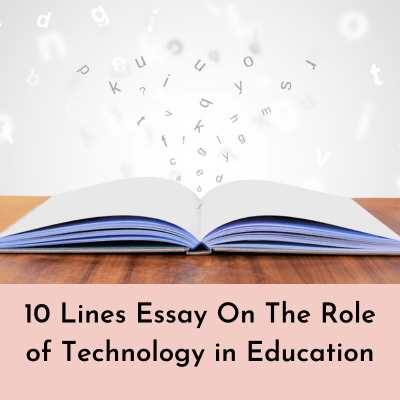The Role of Technology in Education
Enhanced Access: Technology provides greater access to educational resources, breaking down barriers of distance and enabling learning opportunities for students in remote areas.
Interactive Learning: With technology, students can actively engage in interactive learning experiences, such as simulations, virtual labs, and multimedia presentations, fostering a deeper understanding of complex concepts.
Personalized Education: Technology allows for personalized learning experiences tailored to individual student needs, catering to different learning styles and paces, promoting student autonomy and self-paced learning.
Collaboration and Communication: Educational technology facilitates collaboration among students and teachers, enabling seamless communication, group projects, and sharing of ideas, fostering teamwork and critical thinking skills.
Global Connections: Through technology, students can connect with peers, experts, and resources from around the world, promoting cultural exchange, global awareness, and broadening perspectives.
Access to Information: The internet and digital resources provide instant access to vast amounts of information, empowering students to conduct research, explore diverse perspectives, and develop information literacy skills.
Engaging Learning Tools: Technology offers a wide range of engaging learning tools, including educational apps, interactive whiteboards, and educational games, making learning more enjoyable and motivating for students.
Adaptive Assessments: Technology enables adaptive assessments, allowing for real-time feedback and personalized evaluation, helping teachers identify student strengths, weaknesses, and tailor instruction accordingly.
Flexibility in Learning: Online learning platforms and blended learning models offer flexibility in terms of time, location, and pace of learning, accommodating diverse student needs and providing opportunities for self-directed learning.
Future Readiness: By integrating technology in education, students gain essential digital literacy and technical skills, equipping them for future careers in a technology-driven society.

